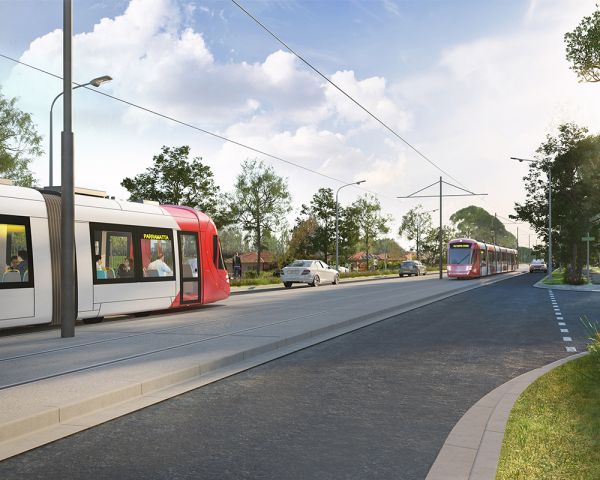The McGowan Government has delivered another strong Budget buoyed by mining royalties and a payroll and property tax windfall, but it must do more to set the state up for longer-term success while not stoking inflation, the Committee for Economic Development of Australia (CEDA) says.
“This year’s surplus of $4.2 billion, with a further $3.3 billion surplus forecast for next year, means Western Australia is one of just two states or territories to record a surplus,” CEDA’s Perth-based Senior Economist Cassandra Winzar said.
While the Government has made conservative assumptions about iron ore prices, it must do more to diversify the state economy, as this revenue stream may diminish over time.
“This includes opening up to new markets and providing foundational support to growth industries such as hydrogen and medical technologies,” Ms Winzar said.
“It should also focus on building the infrastructure and community services needed to attract people and businesses to the state.”
If WA is to overcome current inflationary pressures and grow sustainably into the future, it must invest in the state’s productive capacity through a long-term pipeline of investments and reform.
“Infrastructure spending remains high, with new announcements including $2.8 billion for decarbonisation of the electricity system and an additional $1.6 billion for public transport projects, on top of already significant spends in health and transport,” Ms Winzar said.
“These will have to be carefully planned to avoid putting more pressure on existing workforces.”
The Government has appropriately balanced supporting the community while not putting further pressure on inflation.
The cost-of-living measures for households are sufficiently measured and targeted. Lower-than-CPI increases in government fees and utility charges will also support households while not driving up inflation.
While Perth’s Consumer Price Index (CPI) at 5.8 per cent for the year to March 2023 is slightly lower than the national rate, it is still far too high.
The Government must take more action to address the housing crisis, which is a major driver of cost-of-living pressures. The rental vacancy rate remains extraordinarily low at 0.7 per cent and median rents have risen nearly 30 per cent in the past year.
“The additional $511 million in funding for social housing and homelessness initiatives is a positive investment in this critical area and builds on significant funding in recent Budgets,” Ms Winzar said.
“But there will be construction challenges due to worker shortages and supply-chain constraints.
“We must ensure there is a long-term program to continue to build social housing in Western Australia.
“We are facing this housing crisis in part because we did not invest during the economic downturn.”
The number of social-housing dwellings in WA has been falling over the past few years, despite higher levels of investment.
“The Government must take stronger action to encourage more, and higher-density, residential development,” Ms Winzar said.
“This includes working with local governments on planning and zoning restrictions, as well as reducing barriers to mobility and downsizing, such as replacing stamp duty with a broad-based land tax.”
This Budget includes $47.6 million in much-needed incentives to increase the local construction workforce and encourage more migration.
But there are workforce shortages across the economy, with more than 50,000 jobs vacant in WA.
“We continue to have the highest workforce participation rate of all the states, meaning there is limited spare capacity in the labour force,” Ms Winzar said.
“The State Government must do more to encourage more people to move to Western Australia.
“The continued support for the Skilled Migrant Employment Register is a good start, but the Government should also look at targeted support for other high-need industries such as aged care and health care.”








